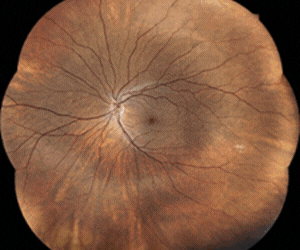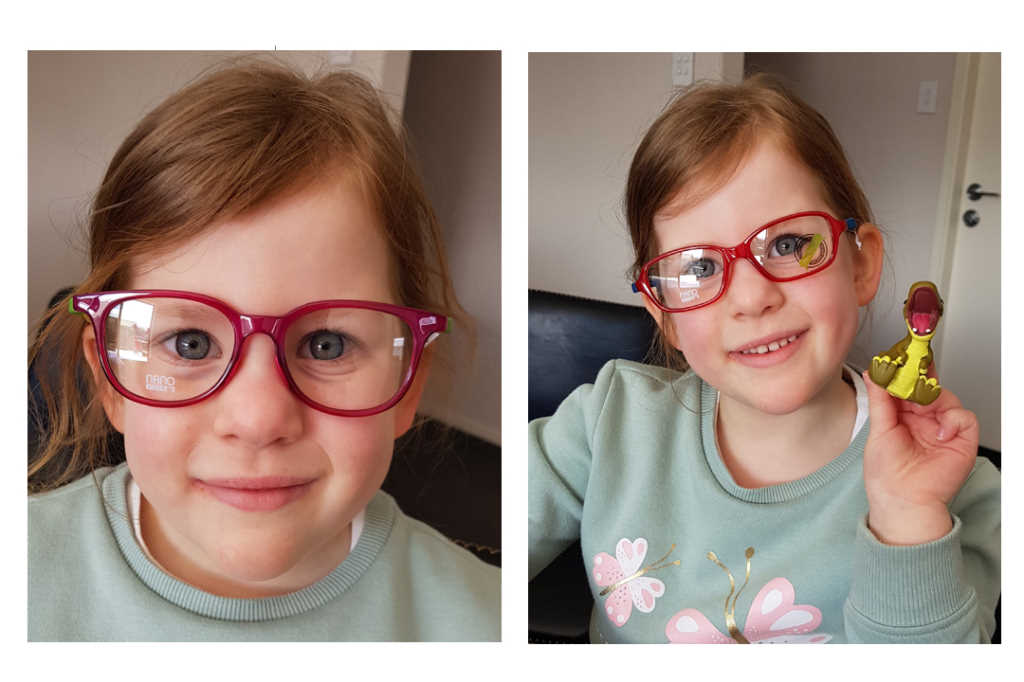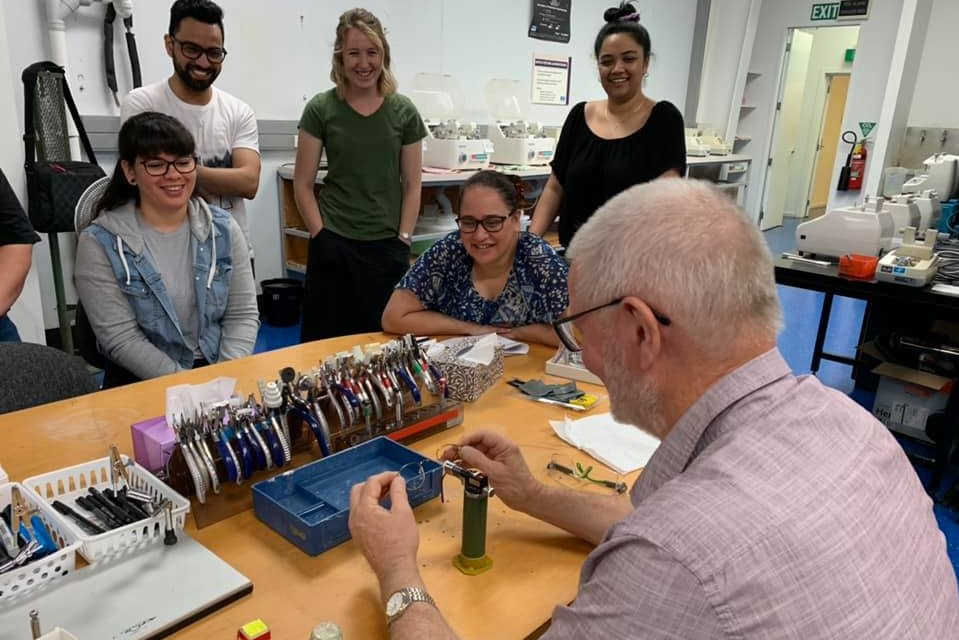Style Eyes: Allergic to glasses?
Ugly, red blotches; itchy, inflamed spots; oozing sores. No, this is not a description of a zombie from the latest horror flick, but a patient suffering from an allergy to their glasses.
Common allergies…
According to the Australasian Society of Clinical Immunology and Allergy, approximately 8% of the population has a nickel allergy. Considering nickel is present in so many things – coins, jewellery, mobile phones, keys, pens, clothing (zips/buttons/bra hooks/hairpins) and spectacle frames – it can be tricky for sufferers to avoid it.
The most common reaction to nickel is dermatitis which usually presents as itchy eczema or red blisters wherever the metal touches the skin.

Nickel allergy
Another allergy that gets people all itchy and scratchy is silicone. While it is rarer than a nickel allergy, it still one of the more common complaints from allergy-suffering spec wearers, with silicon nose pads causing bumps or skin rashes across the nose.
… and not-so-common allergies
An allergy to chemical coatings on lenses, such as scratch-resistant and anti-reflective layers, can be another cause of distress for some specs-wearers. The usual sign is eye irritation.
Plastic is yet another offender, but this one can be infinitely harder to diagnose as frames are usually made out of a combination of materials. The allergy could very well be linked to the solvents, rubbers, dyes or waxes used to make the frames. Reactions are similar to those who have a nickel allergy.
Allergy versus irritant
It’s hard to distinguish between an allergic reaction to something the glasses are made from and an irritation caused by the glasses themselves as symptoms are similar. With irritations, repeated contact or friction with frames can cause a rash to appear; heat (sweat) can also be a factor here.
Allergies, however, occur when a person is over-sensitised to a substance in the specs and the patient’s immune system reacts by producing rashes and blisters. The best way to distinguish between the two is through allergy testing.
Helping allergic specs-wearers
There are a number of options for allergy patients. First, suggest they track their symptoms over a certain period of time to work out if it is their specs that are the problem. Ask them to carefully note down exactly where the rash appears and what it looks like – is it mask-like or behind their ears? If their glasses appear to be the perpetrator, suggest they are allergy tested for nickel, plastics, silicone and other common chemicals found in coatings. As a tip: if a customer has an allergy to costume jewellery, they are likely to have a nickel allergy.
For nickel and plastic allergy sufferers, recommend titanium, stainless steel or noble metal (pure gold or silver) frames as these are far less likely to cause a reaction.
But be cautious when suggesting titanium alloy frames as there’s a chance there’s some nickel mixed in. If you aren’t sure about the composition of a frame, you can invest in an inexpensive nickel-allergy testing kit. Test all components of the glasses from frame to screws to hinges, the solution won’t harm the frame so it will still be sellable!
If a customer has a silicone allergy, there are plenty of alternative nose pad options on the market. Consider vinyl, titanium or stainless-steel pads instead.
You may need to do some extra legwork contacting manufacturers and suppliers to find out what allergy-free alternatives are out there or to determine all the elements in a particular frame. So, it’s good to keep records about your patient’s reactions to frames and note down what works for them.
If you wanted to go the extra mile and set yourself a little more apart from your peers, you might want to consider researching and stocking a number of hypoallergenic frames, which take all spec parts into consideration – the screws, hinges, pads and temples – ensuring none contain potential allergens.
It’s a bit of added work, but your allergy patients will love you for it, and so will their families!
About the author
Renee Lunder is an Australian freelance journalist and proud specs wearer.



























